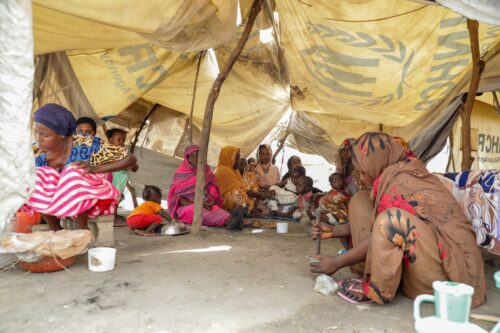Explosive Weapons in Populated Areas
The use of explosive weapons in populated areas (EWIPA) has caused significant harm to civilian populations. Beyond individual deaths and injuries, explosive weapons cause indirect…
The use of explosive weapons in populated areas (EWIPA) has caused significant harm to civilian populations. Beyond individual deaths and injuries, explosive weapons cause indirect…

As the number of armed conflicts continues to rise globally, so, too, does civilian harm, resulting in the highest number…
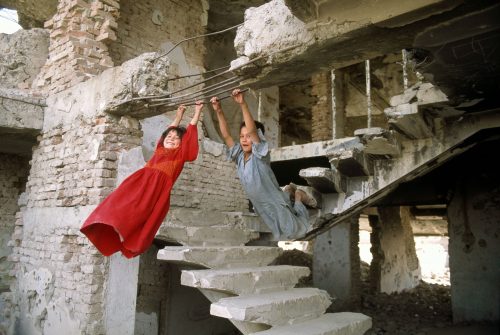
November 30, the Day of Remembrance of all Victims of Chemical Warfare, is an opportunity to reflect on the…

Earlier today, the United Kingdom’s All-Party Parliamentary Group (APPG) on Drones and Modern Conflict hosted a UK-U.S. legislators’ dialogue…

The statistics are staggering. Armed conflict is the single biggest challenge to achieving zero hunger, with nearly 100…
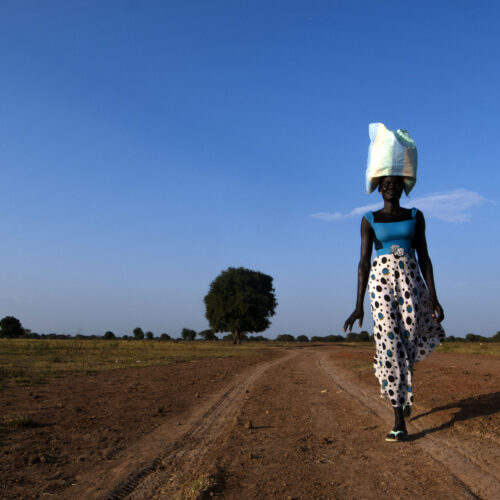
The crisis in Haiti is multidimensional, fueled by a combination of endemic poverty, sociopolitical unrest, fuel shortages, and long-term economic…
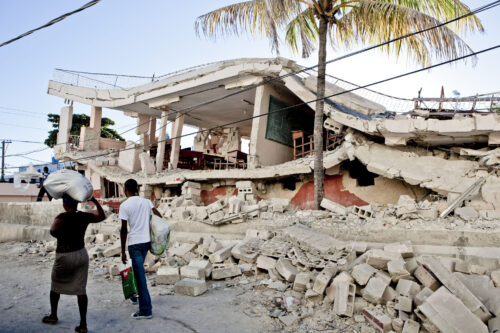
By the end of 2022, the number of internally displaced persons (IDPs)—people forced to flee their homes but who remain…
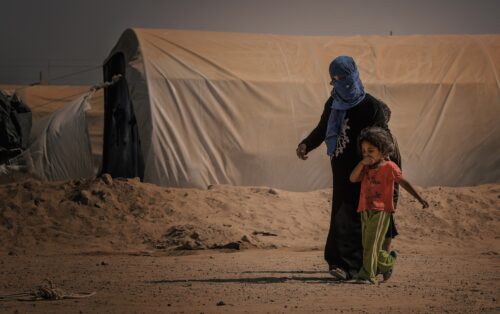
Displacement, whether caused by disaster or conflict, is fundamentally connected to housing, land, and property (HLP) rights.
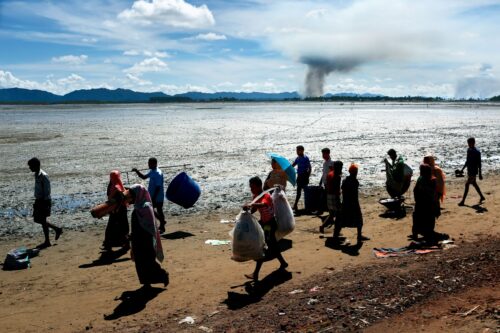
Civilians in many parts of Sudan already faced extreme risks of violence before the current conflict between the Sudanese Armed…
